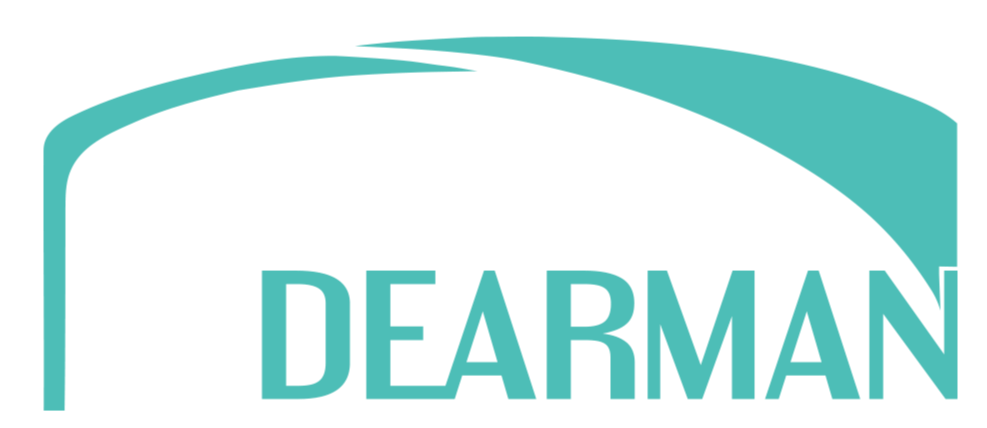Level 3 of Terminal Automation Software Lowers Costs and Connects the Supply Chain
- Sam Reid

- Oct 6, 2022
- 3 min read

Terminal automation software continues to evolve
Modern terminal automation software platforms allow for bulk liquid storage companies to significantly reduce administrative costs, eliminate data entry errors, automate back office processes, and streamline reporting and data consumption.
Terminal automation software has evolved since its inception in the 1980s from simple load authorization sequences to fully automated data flows from order entry to invoicing system to accounting system.

3 levels of terminal automation
When it comes to modern terminal automation, there are 3 levels. Levels 2 and 3 are built upon the capabilities put in place at the field terminal automation level.
Level 1: Terminal automation at the field or individual facility level
Level 2: Enterprise management / Unified reporting and back office automation
Level 3: Digitally connected supply chain
Level 1 of terminal automation is software you are likely familiar with. This software connects with your loading racks and field instrumentation to provide load authorization prompt sequences, keep track of all product movements, create custody transfer documentation, and distribute reports.
Level 2 of terminal automation software unifies data across multiple terminals to streamline reporting and pump data into corporate systems such as ERPs. Level 2 of terminal automation allows for operators to take administrative control of all terminals from one application.
Level 3 of terminal automation connects the bulk liquids supply chain (terminal operator, position holder, position holder's customer, carrier) in a single, secure web application for data visibility and operational efficiency.

Leaving cost savings and an enhanced customer experience on the table
If you have not reached level 3 automation at your bulk liquid storage company, you are almost certainly leaving administrative cost savings on the table.
Additionally, by achieving level 3 of terminal automation, you can provide your customers with real-time inventory information and self-service access to reports, BOLs, and order information which makes doing business at your terminals significantly easier.
Are you utilizing all the benefits of terminal automation — from the field to the back office? Have you used automation software to optimize your cost structure?
Quantifying the benefits of level 3 automation
While results can vary based on the number of unique terminals you have, Dearman Systems has seen companies achieve the headcount below when they have fully implemented level 3 terminal automation.
To reiterate, this table is focused on the cost savings that you can achieve as an operator. For the chief commercial officers out there, level 3 of terminal automation is a way to provide a better experience for your customers where they can immediately know how much product they have at your terminals, what is going to happen tomorrow, what is happening today, and what has historically happened. The data is at your terminals — you just need to put it in your customers’ hands.
Barrels of Storage | Terminal/Field Workers | Administrative/Office Workers |
1,000,000 | 10 | 12 |
2,000,000 | 15 | 15 |
3,000,000 | 20 | 15 |
5,000,000 | 30 | 16 |
10,000,000 | 50 | 17 |
Times, they are a changing
This is the direction that the bulk liquid storage industry is going. We are in the early innings, but Dearman’s Terminal Automation Software Platform already supports this type of cost savings and customer experience.
Companies who lean into technology to achieve cost savings and a competitive advantage will win over the next 10 years while those who rely on legacy processes will eventually (although increasing at an increasing rate) lose market share.


